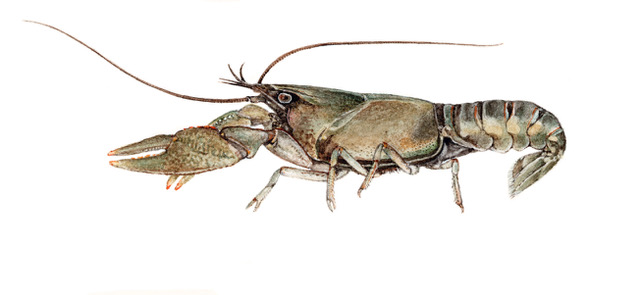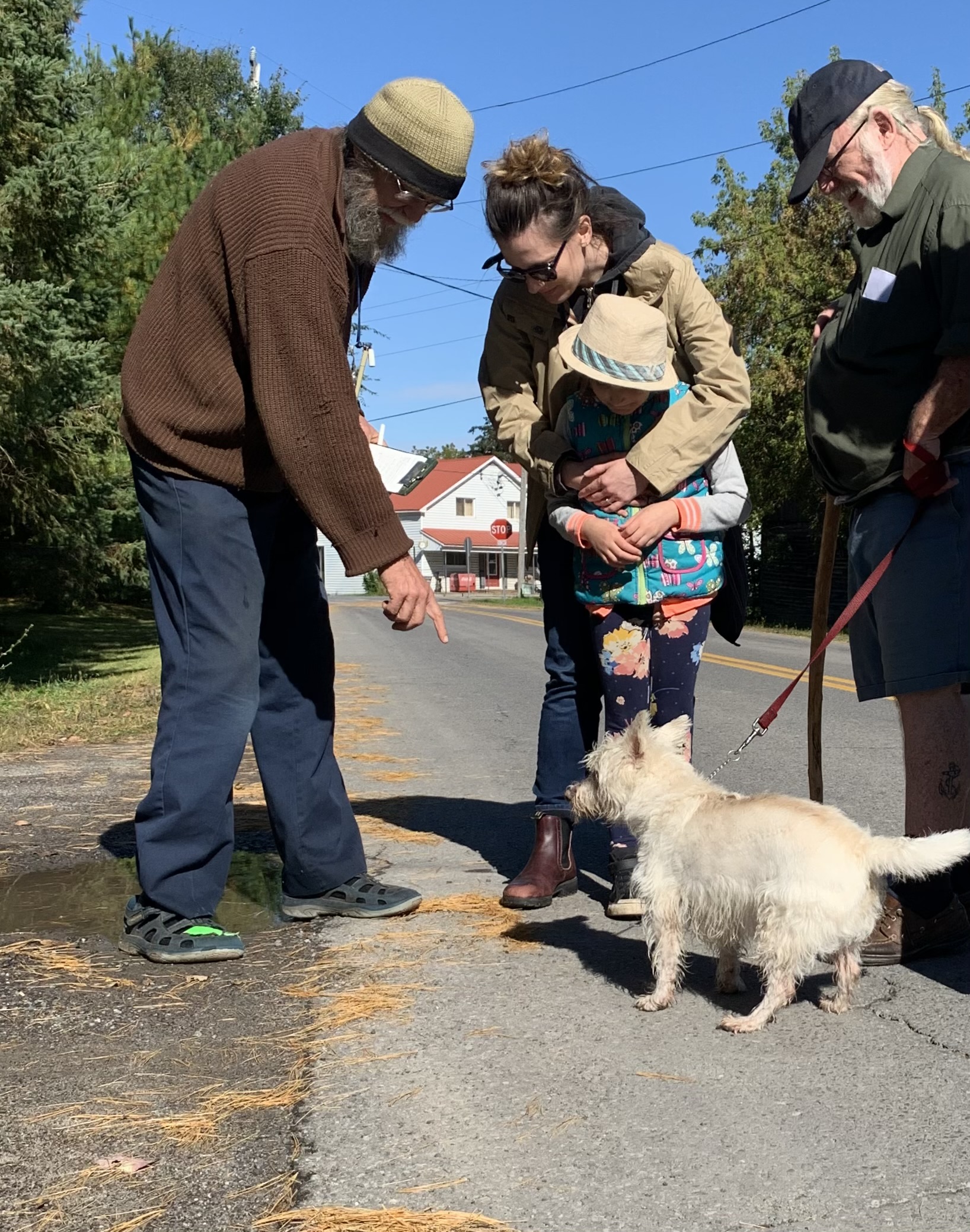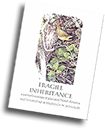
ecological change
in Canada

"Wow this is an awesome database! . . . it looks like the records have everything I am interested in."
6 St-Lawrence St
Bishops Mills Oxford Station
Ontario, Canada KOG 1T0
(613) 299-3107
info@fragileinheritance.ca
Doing the Streets
This study is done around our home in Bishops Mills, Ontario, a small village of about 100 inhabitants, on the Smiths Falls Limestone Plain.
After a preliminary season in the summer and fall of 2003, we have, when home, tallied all on-road animals on the 246 metres of four
streets fronting on land that we owned in 2003. Surveys are made when possible, especially when the pavement is wet or animals are
moving. Average duration of a survey was about 10 minutes. Air temperature, wind, cloud cover, precipitation, and the estimated
percentage of the pavement that is wet are recorded at each survey.
We’re using roads here as a nuclear physicist uses a particle detector, not to directly fret about the roads' impact on animal
populations, but to to find seasonal patterns of movement. All alive and dead mammals, birds, and invertebrates are picked up
and measured/dissected as appropriate, with regular reporting of Earthworms and slugs added in the spring of 2005.
Data from this project is also being analyzed by other researchers to study life cycles, local extinctions, invasive
populations, and the effects of changes in land use and climate.


There is no other independent organized group in Canada which is dedicated to promoting long term monitoring. This is your chance to support the work of Fragile Inheritance.
lavishly illustrated with watercolours and
descriptive prose from sea to sea
drawing the baseline for
a legacy of beauty and
change - Aleta Karstad
and Frederick W .
Schueler's life work
